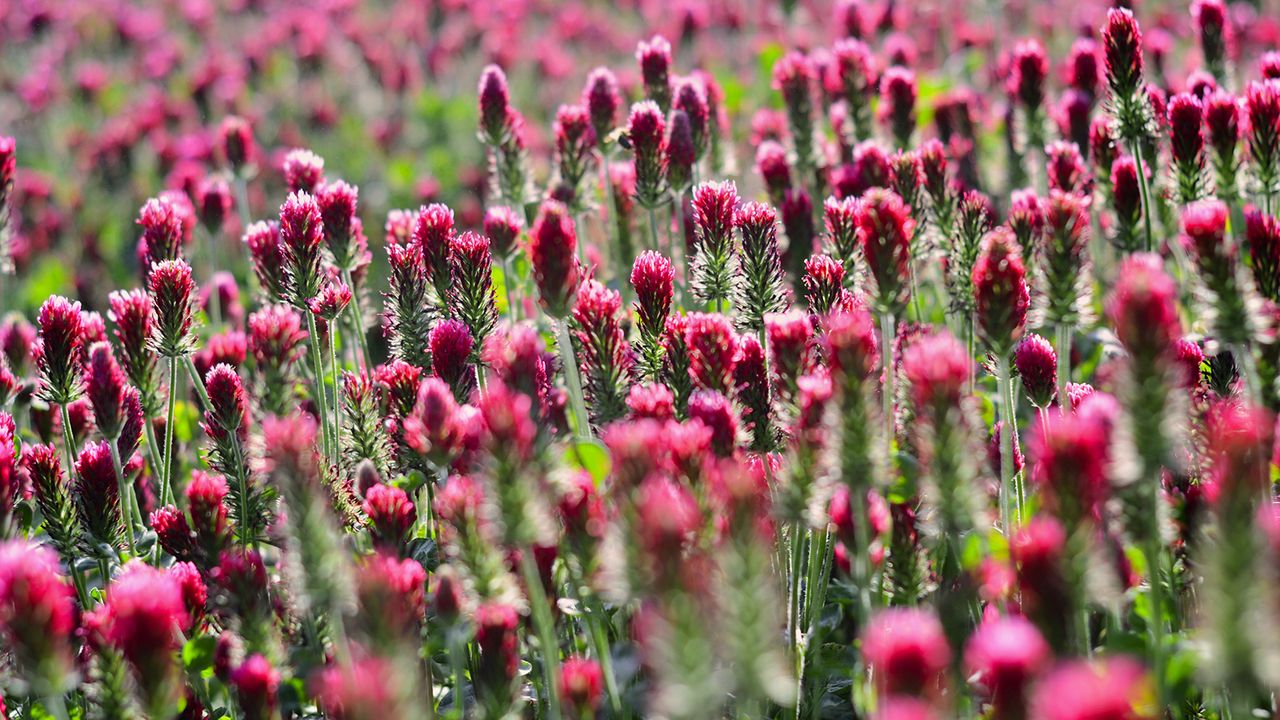As the seasons change and winter approaches, gardeners often face the challenge of keeping their soil healthy and productive. A great solution is to use cover crops, also known as green manures, which offer numerous benefits to your soil and future crops. These plants are grown specifically to protect and improve the soil during the colder months when it might otherwise lie bare. By planting cover crops, you not only protect your soil from erosion but also enhance its structure, boost organic matter, and help suppress weeds. Here’s why and how you should incorporate cover crops into your gardening routine this winter.
Why Grow Cover Crops?
Cover crops are plants grown to enrich the soil for future plantings. By covering the soil, they protect it from harsh winter conditions, prevent erosion, and encourage beneficial organisms like earthworms. Additionally, these crops outcompete weeds, reducing the need for labor-intensive weeding in the spring. The real magic happens when you dig these crops into the soil at the end of winter. As the plants decompose, they release valuable organic matter, which nourishes the soil and improves its fertility for the next round of planting.

Best Cover Crops for Different Soil Types
For Heavy Soils:
Crops with deep or fibrous root systems, like cereal rye, are excellent for improving the structure of heavy soils. Their roots break up compacted soil, allowing for better aeration and water infiltration. Mustard is another fast-growing cover crop that thrives in clay soil. It can be dug into the soil before the frost sets in, where its roots help break up the compacted earth. For a prolific salad crop, try growing mache (corn salad) in the fall for a winter harvest.
For Poor or Nitrogen-Hungry Soils:
If your soil is lacking in nitrogen, consider planting legumes such as winter field beans, peas, clover, or vetch. These crops have the unique ability to fix nitrogen in the soil, making them a perfect pre-crop for nitrogen-hungry plants like cabbage or kale. As they decompose, these crops add vital nutrients back into the soil.

For Weed Suppression:
Certain cover crops, such as phacelia and buckwheat, are excellent at suppressing weeds while improving soil structure. Phacelia grows quickly, and its flowers attract beneficial pollinators like bees and hoverflies. For a multi-benefit option, plant buckwheat in the late summer or spring. It improves the soil, suppresses weeds, and provides nectar for beneficial insects.
When to Plant Your Cover Crops
The best time to plant cover crops depends on your location and climate. Generally, it’s ideal to sow them at the end of summer or early fall, allowing the crops to establish before the winter freeze. Use a garden planner to determine the right timing based on your specific growing zone.

How to Sow a Cover Crop
Planting cover crops is simple. Start by preparing your soil: loosen it with a shovel or rake, removing any weeds, especially perennial ones. Then, scatter your seeds evenly across the soil surface, ensuring they are not too densely packed. Rake the seeds lightly into the soil and tamp it down to ensure good seed-to-soil contact. If the weather is dry, water the area after sowing.
For larger seeds, like winter field beans, you can sow them in rows. Dig trenches about 2 inches deep, space them 8 inches apart, and plant the seeds about 4 inches apart within the trench. Once planted, fill the trenches with soil and tamp it down.
How to Incorporate Your Cover Crop Into the Soil
The best time to dig in your cover crop is just before it flowers. At this stage, the stems are still tender and easier to break down. You can either dig the plants directly into the soil or cut them off and leave the foliage as mulch. If you’re worried about weeds in the spring, cover the mulch with cardboard to help suppress them.
Allow at least a month for the cover crop to decompose before planting new crops. This gives the organic matter enough time to break down and enrich the soil.
Conclusion
Using cover crops during the winter months is a simple yet effective way to recharge your soil. Whether you’re improving soil structure, adding vital nutrients, or suppressing weeds, cover crops offer numerous advantages for both your soil and your future garden. By choosing the right cover crops for your soil type and planting them at the right time, you’ll ensure a healthier, more productive garden when spring arrives.
